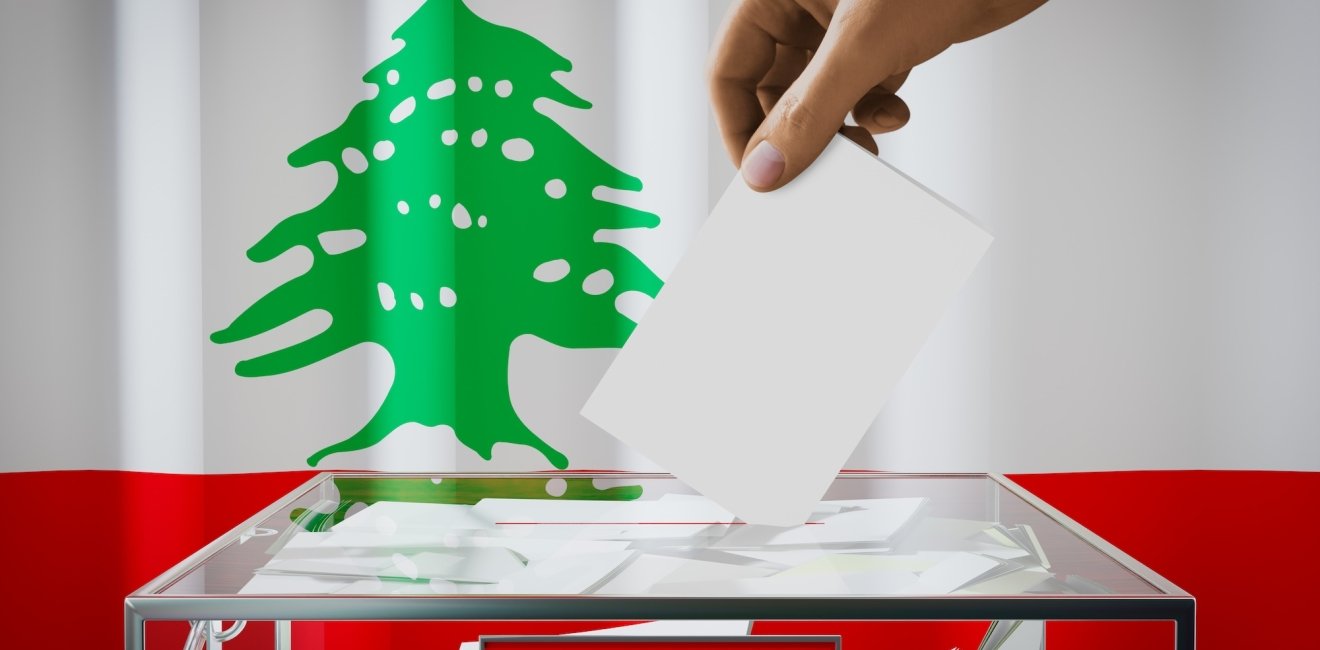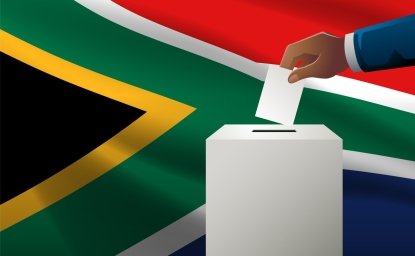The next Lebanese parliamentary election is planned for 2026, barring any surprises, which, unfortunately, are common in this region. Although 2026 might seem far away, it is right around the corner in electoral time. With the ongoing political deadlock, unending economic crisis, and clashes between criminal groups in the Bekaa, the only real chance for concrete change in the system will be in these pivotal elections. Indeed, they will demonstrate whether the “change movement for reform” will increase its foothold in the Lebanese political system or be coopted by the traditional sectarian elite.
This change movement was born in 2019 during the widespread demonstrations against the government and consecrated in the 2022 parliamentary elections, which marked a significant turning point in the political landscape. A total of 12 ‘change’ Members of Parliament (MP), with a clear reform-focused agenda and unaffiliated with the established political sectarian elites, were elected. These MPs have become the first large group of independent MPs to challenge the status quo.
To better understand these prospects and the electoral landscape, it is essential to have an overview of the geographic, gender, sectarian, and political makeup of voters who backed these 12 MPs. This article will summarize the results of my recent paper, “Who Voted for Change” (May 2023), and electoral data provided by the Data Liberation Project.
Understanding the change vote
This study revealed that 13.59% of Lebanese voted for change, a significant increase from 2.26% in the 2018 parliamentary elections and representing a 600% increase—and a substantial shift in the political landscape. Geographically, 8 of the 12 change MPs were elected in the districts Beirut 1, Beirut 2, and the primarily Druze Mount Lebanon 4.
From a sectarian perspective, the change MPs received the most support from Druze voters, followed by Sunni, Orthodox, and Catholics. Additionally, Lebanese voters were more likely to vote for change in sectarian mixed areas rather than in regions with sectarian majorities. On the other hand, the Shia had a much lower affinity for change groups, numbering in the single digits. Moreover, Lebanese expatriates voted overwhelmingly for change groups and were instrumental in their victory.

From a gender perspective, women were pivotal in the 2022 Lebanese parliamentary elections
From a gender perspective, women were pivotal in the 2022 Lebanese parliamentary elections. They voted at a significantly higher rate for change than men, casting 56.15% of all votes for change. This indicates that women were especially active supporters of change, with 22,000 more women than men voting for alternative lists. Indeed, that extra 4% of women votes was crucial to the victory of the 12 change MPs.
The district distribution of women’s change votes shows that in several districts, like North 2, North 3, Mount Lebanon, and South 1, around 60% of votes for change were cast by women, compared to the national average of 52%. The vote percentage drops rapidly to 54.7% in Bekaa1 and South 2, 52.1% in Bekaa 3, and 51.1% in South 3. In the last two districts, women voted for change in much fewer numbers than traditional parties. This anomaly indicates a significant deviation from the expected voting patterns.

If Shia majority districts were removed from the national average, the average percentage of women who voted for change would rise to 58%.
Further analysis uncovered that the more significant a Shia population majority was in a district, the fewer women voted for change. Vice versa, the more Christians, Sunni, or Druze a district had, the more women voted for change. If Shia majority districts were removed from the national average, the average percentage of women who voted for change would rise to 58%.
 A deeper analysis of women's voting trends in the South 3 district, an 80% Shia majority district, revealed that a substantial majority of women voted for traditional parties, contrary to all other non-Shia majority regions. Interestingly, this phenomenon was limited to Hezbollah’s votes, while Amal candidates followed the rest of the traditional parties' trends, with only 47 to 49% of their votes coming from women.
A deeper analysis of women's voting trends in the South 3 district, an 80% Shia majority district, revealed that a substantial majority of women voted for traditional parties, contrary to all other non-Shia majority regions. Interestingly, this phenomenon was limited to Hezbollah’s votes, while Amal candidates followed the rest of the traditional parties' trends, with only 47 to 49% of their votes coming from women.
This surprising voting pattern limited the spread of change votes and the elections of new MPs in the Shia community. Therefore, Hezbollah and the Amal Movement maintained their monopoly of Shia representation, winning 27 out of 27 Shia MPs.
The Shia women's exception
Thus, understanding why Shia women continued to vote for Hezbollah, shunning the change groups and progressive candidates is the key to unraveling Hezbollah’s monopoly of Shia representation. Unfortunately, little research has been done on this topic, especially with the opacity of the Shia community and Hezbollah's heavy-handed control of any access to information. Nevertheless, using some preliminary qualitative research, interviews, and discussions, three potential explanations emerged:
- Familial and peer pressure
- Women's associations
- Religious beliefs
In the close-knit Shia community, many family members, relatives, and friends have links with Hezbollah. Moreover, a substantial percentage of the Shia population has direct or indirect economic connections to Hezbollah or one of its myriad associations and organizations. This is even more pronounced among women, as many are economically dependent on their families. Thus, any attempt to vote against Hezbollah would threaten this economic dependency. As such, there is overwhelming family and peer pressure on women to ensure their votes go to Hezbollah.
Second, Hezbollah has a vast network of active social, many of which are run by and target women. These associations are deeply ingrained into local communities and cater to the health, food, and social needs of Shia women and their families. With the ongoing economic crisis, Hezbollah has used these associations to distribute funds and food parcels to its supporter base, extending its control. Thus, it is extremely hard for independent women to threaten these social safety nets in an effort to elect relatively unknown political figures.
Third, religiosity in the Shia community is relatively high, and its effect is compounded by the martyrdom mythos, which pushes it to become an ironclad social construct that makes it very hard for politically independent women and men to break free of and vote for opposition figures. This is especially apparent when we consider that Hezbollah completely controls official Shia religious authorities and plays an overwhelming role in the daily lives of the community, particularly in women’s affairs, marriage, divorce, child custody, and inheritance.
Indeed, data-driven research on Lebanese voting behavior, specifically the Shia community, should be at the forefront of any effort to reform Lebanon
These fascinating initial explanations open avenues for future research that are critical to better understanding the Shia community and why Shia women vote for Hezbollah. Indeed, data-driven research on Lebanese voting behavior, specifically the Shia community, should be at the forefront of any effort to reform Lebanon and push it in a more peaceful, constructive, and prosperous direction. The 2026 parliamentary election will be a significant milestone for Lebanon's efforts towards sovereignty and reform. International stakeholders should take note of the political atmosphere and the efforts of change-makers in the country.
The views expressed in this piece are those of the author and do not express the official position of the Wilson Center.






